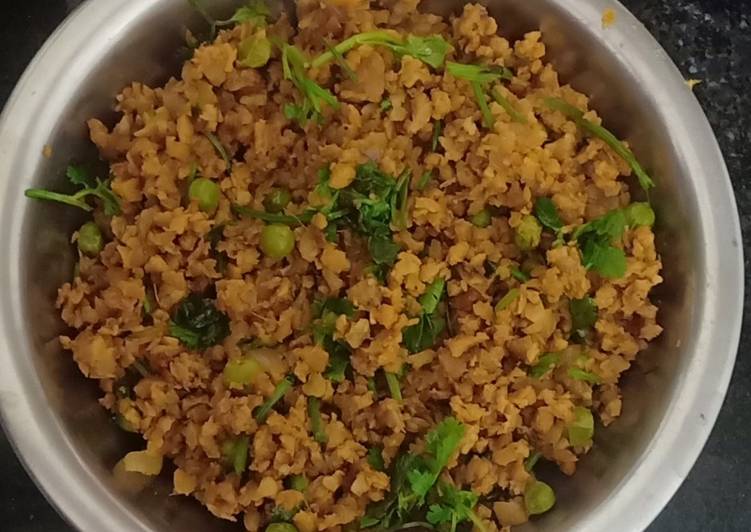
Hello everybody, it is Jim, welcome to my recipe page. Today, I’m gonna show you how to make a distinctive dish, onigiri omusubi - rice ball. It is one of my favorites food recipes. This time, I’m gonna make it a little bit unique. This is gonna smell and look delicious.
Onigiri, also known as Japanese rice ball is a great example of how inventive Japanese cuisine can be. It is also a Japanese comfort food made from steamed rice formed into the typical triangular, ball, or cylinder shapes and usually wrapped with nori (dried seaweed). Onigiri (or omusubi, the other name for the same thing), the cute little rice ball, has really become popular outside of Japan in the last few years, in large part it seems due to its Onigiri do not have to have a filling.
Onigiri Omusubi - Rice Ball is one of the most favored of current trending foods on earth. It’s appreciated by millions every day. It is simple, it is fast, it tastes delicious. They are fine and they look fantastic. Onigiri Omusubi - Rice Ball is something that I have loved my entire life.
To begin with this particular recipe, we have to prepare a few components. You can cook onigiri omusubi - rice ball using 5 ingredients and 10 steps. Here is how you cook it.
The ingredients needed to make Onigiri Omusubi - Rice Ball:
- Take 3 cups steamed Japanese rice or Sushi Rice
- Get to taste Salt,
- Prepare Nori Seaweed
- Get 1 umeboshi pickled plum
- Prepare 1 Tbsp grilled salted salmon
Learn more about what onigiri and omusubi are, how to eat them, common ingredients, and how to make them yourself to enjoy this very important aspect of Japanese food culture. This week we want to share with you how to make rice ball fillings and show you how to make a rice ball too! Japanese rice balls, also known as onigiri or omusubi, are a staple of Japanese lunchboxes (bento). They are usually shaped into rounds or triangles by hand, and they're fun to make and eat.
Steps to make Onigiri Omusubi - Rice Ball:
- Place cooked rice in a bowl, sprinkle with salt, and fold gently.
- Place a third of the rice on plastic wrap.
- Form into a triangle or a ball with both your palms, pressing gently and lightly.
- Remove the plastic wrap. Wrap the rice ball with a strip of nori seaweed if you like.
- If you want to put umeboshi in, remove the seed from umeboshi. Place a third of the rice on plastic wrap, then make a dent in the middle of rice, and put the umeboshi in the dent. Form into triangle or a ball with both your palms, pressing lightly. Remove the plastic wrap.
- If you want to mix salmon into the rice, flake some fresh grilled salmon or you can find the jar of salmon flakes at the Japanese grocery store.
- Add salmon into the rice. Place a third of salmon mixed rice on plastic wrap, then form into triangle or a ball with both palms, pressing gently and lightly. Remove the plastic wrap.
- Yum! If it's too difficult to make a triangle omusubi, don't worry. You can make a round one and it's fine!
- Onigiri is good for breakfast, lunch, lunch box and late-night snacks!
- You can decorate it too! Kids will love them!
Much like sandwiches in the West, onigiri is readily available in convenience stores across Japan, and it's great. Omusubi is another name for onigiri rice balls; that quintessential Japanese food that is perfect for using in bento boxes, for enjoying as a quick lunch, or for having on the run as a snack. You can use whatever rice seasoning you want, so the flavour possibilities are endless. Onigiri (おにぎり), which are sometimes called Omusubi (おむすび), are Japanese rice balls that come in a variety of shapes and sizes. They can be filled or unfilled, but the idea is that they're a seasoned and ready-to-eat bowl of rice that you can pick up and eat with your hands.
So that is going to wrap this up for this special food onigiri omusubi - rice ball recipe. Thanks so much for reading. I am sure you can make this at home. There is gonna be interesting food at home recipes coming up. Don’t forget to save this page in your browser, and share it to your loved ones, colleague and friends. Thank you for reading. Go on get cooking!

